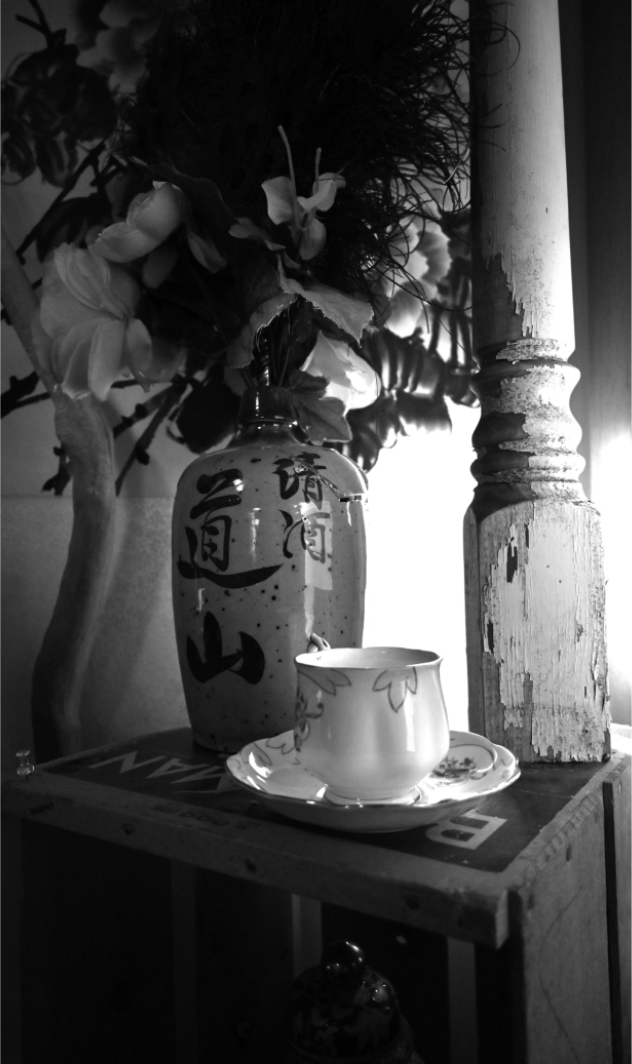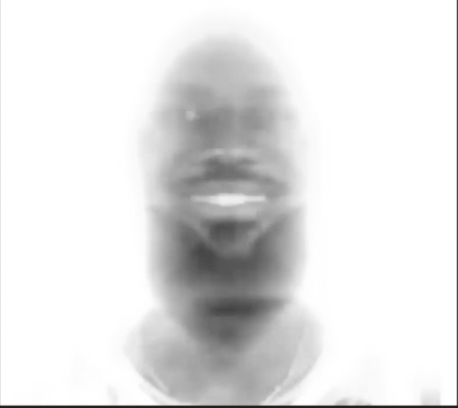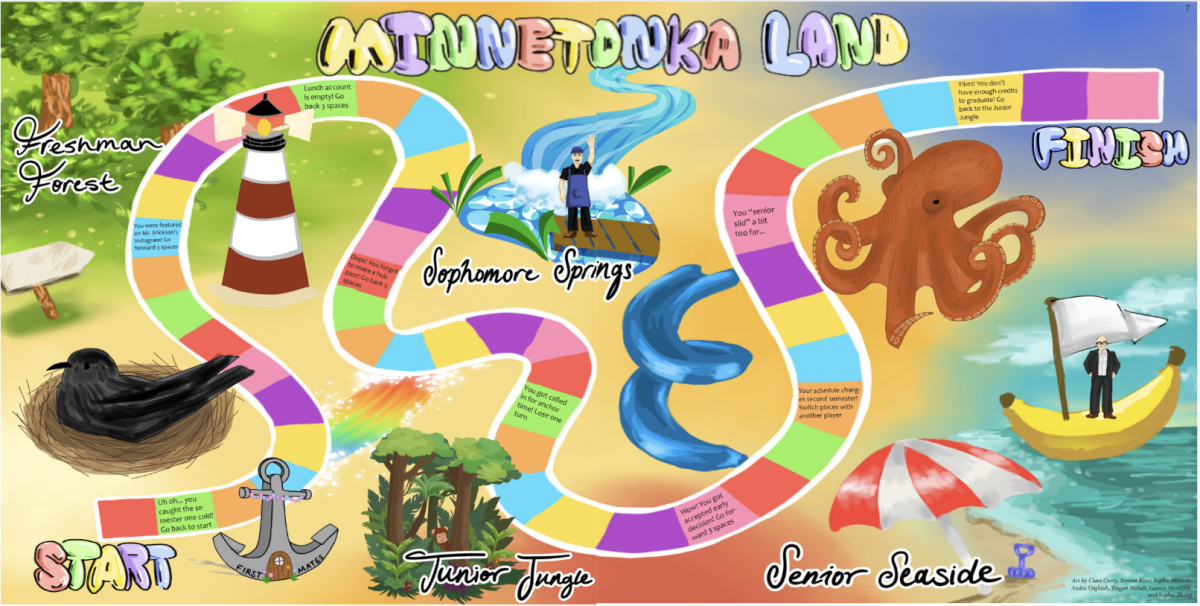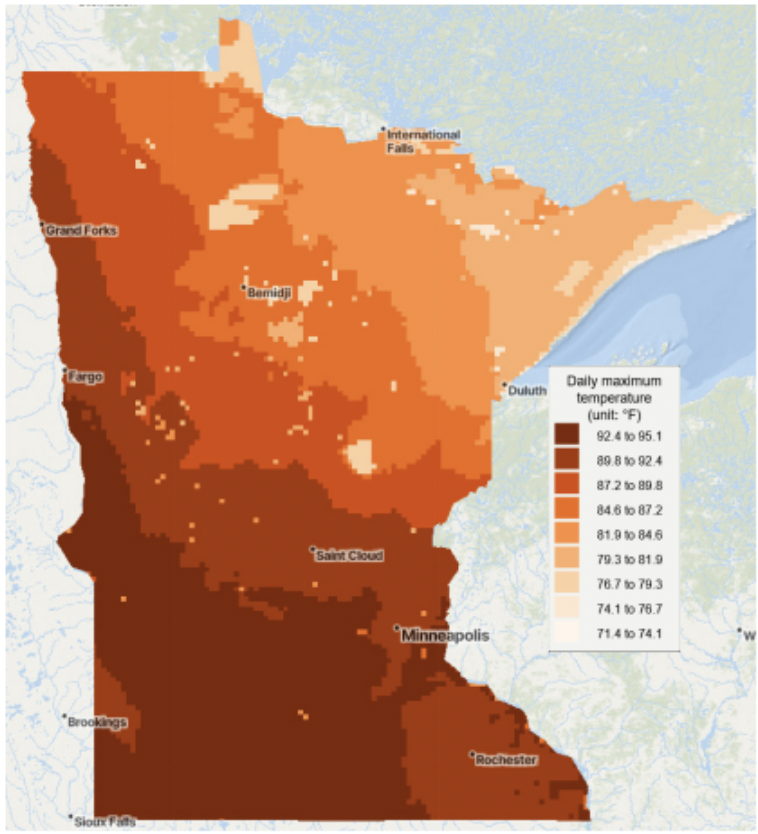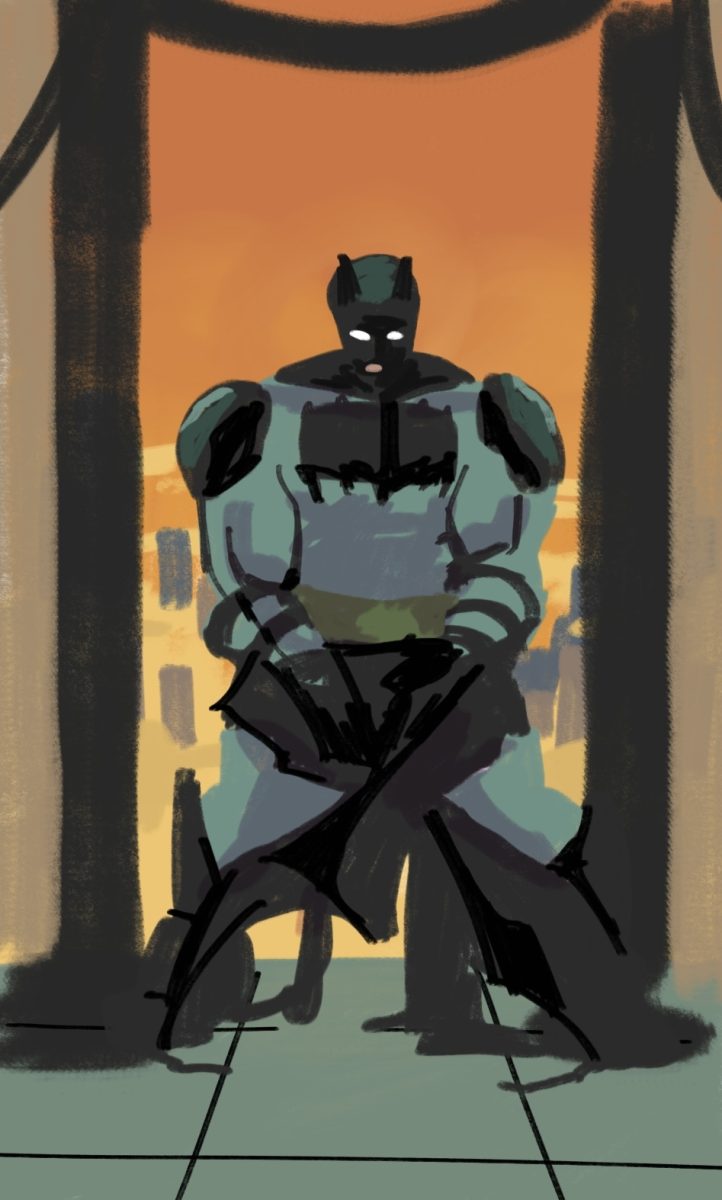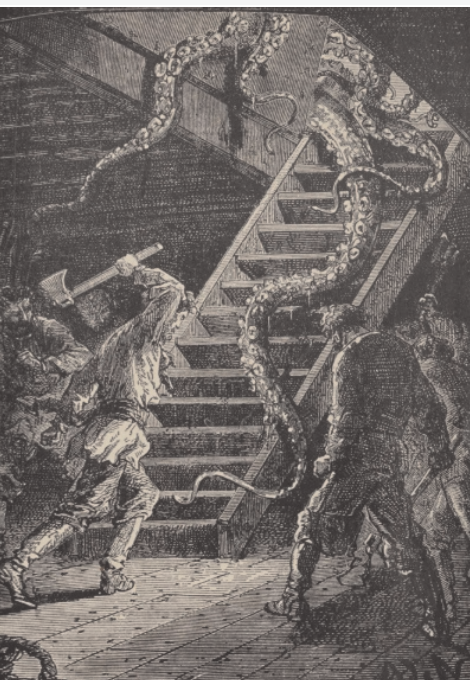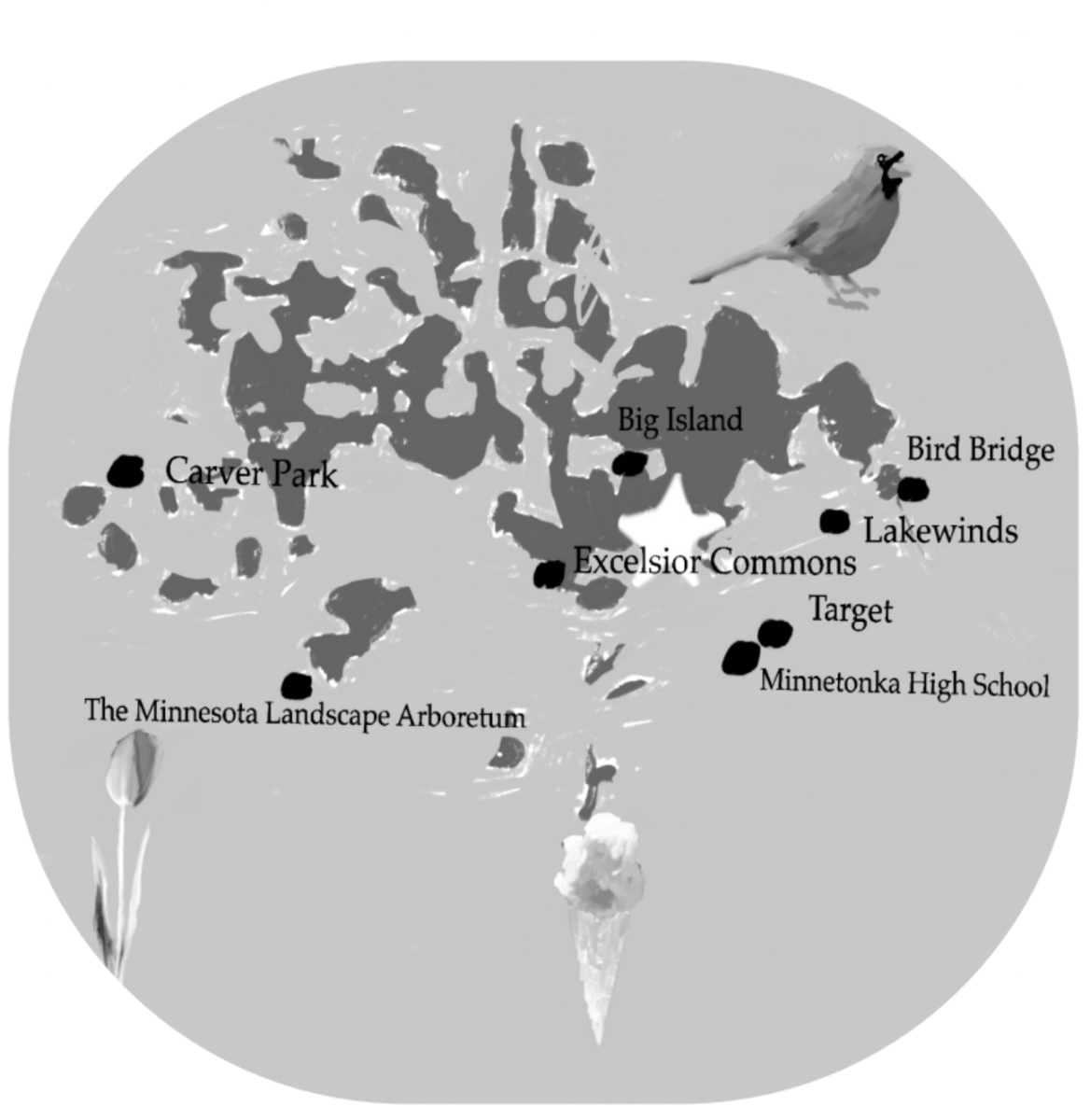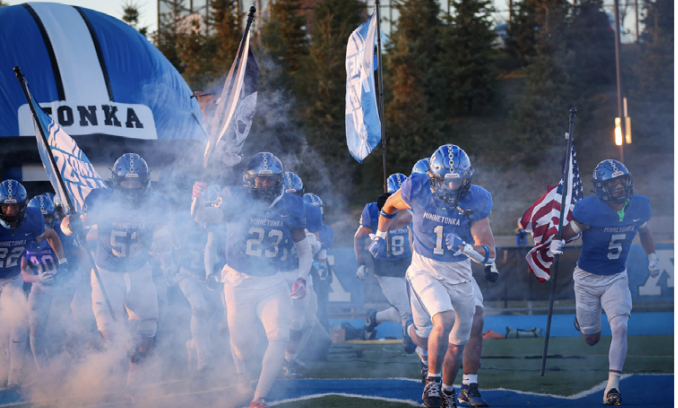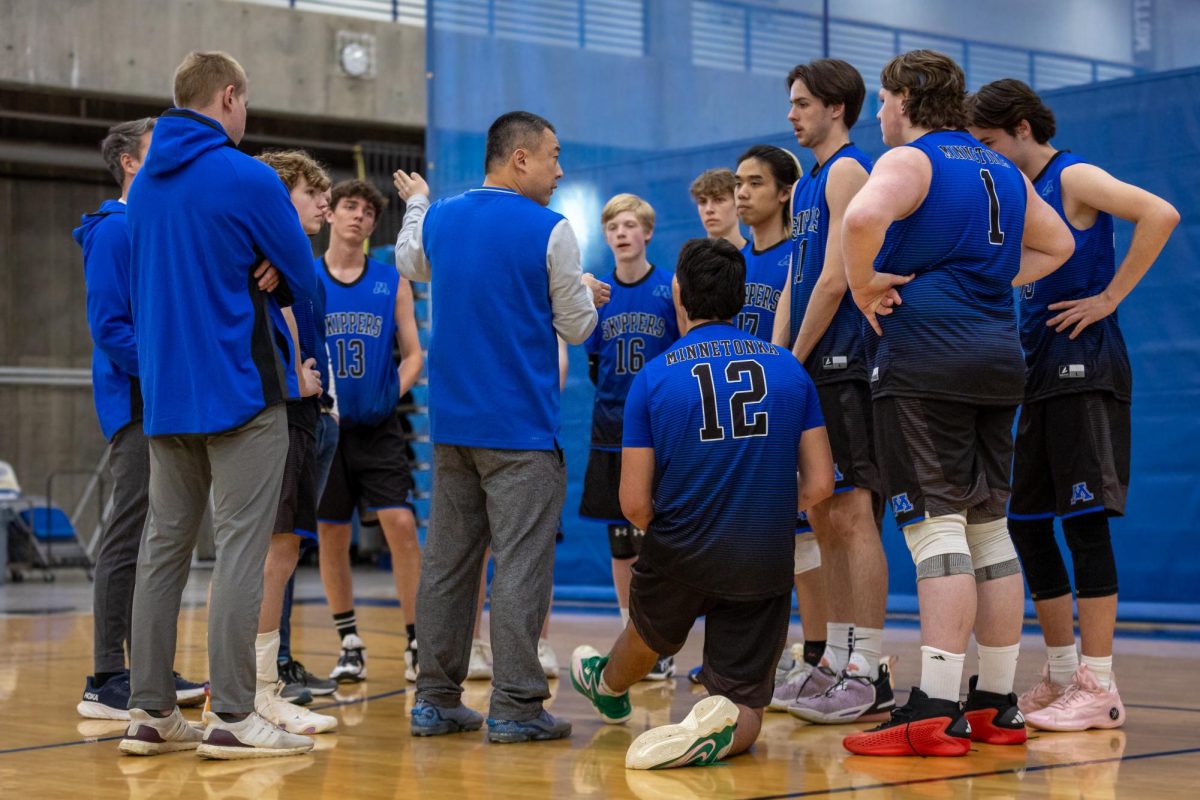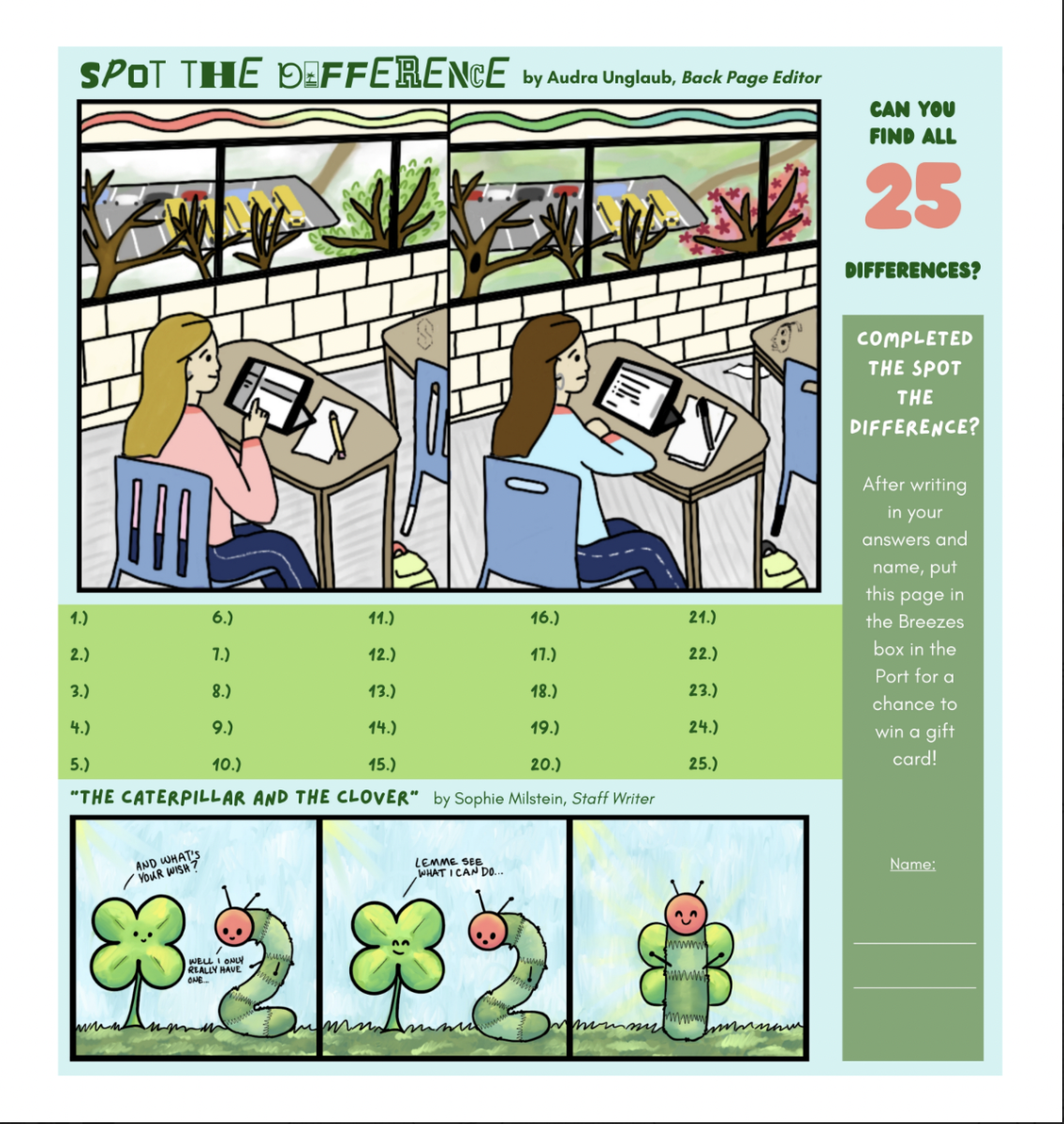The Problems Arising With Modern Interest Groups
November 27, 2017
The days of strong leaders delivering nation-shaking speeches and inspiring their followers to commit to their goals seem to be ending. Now, once powerful forces of change have given way to Twitter firebrands, highway-blockers, and speech interrupters.
The established and homogenized groups that used to speak their truths now seem to be represented by little more than outdated webpages. A new brand of decentralized organization is getting the most attention in civil activism. But are they keeping it civil enough? And who can really tell what any of them want anymore?
Black Lives Matter (BLM) is an example of a leaderless group that has lost quite a bit of face due to the actions of particularly violent members associating themselves with the movement. But does anyone control which contributions are helpful or harmful?
Noah Nielsen, ‘18, a well-informed student concerned with the controversy surrounding BLM, said “people can act on behalf of that group without any retaliation from the group itself.”
The issue that makes something like BLM so concerning is that there is no one credible enough to outright say ‘it wasn’t us, and we don’t approve of this behavior’. As one of the founding members Johnetta Elsie even said, “when something tragic happens, we’re all blamed because there’s no central leadership…we all take a hit.”
Even if there is a ‘central’ group around the demands BLM lists on its website, who is supposed to take responsibility? There are over fifty chapters of the organization, in different places with different leaders and different goals. As CNN’s article on the matter “Is BLM Blowing It?” points out, if we’re supposed to get a resounding message from them, it breaks up over the massive amounts of violence perpetrated in their name and the long list of people in the organization who aren’t fully responsible for it.
BLM is not the only group suffering from a lack of identity. Feminist movements are almost entirely without central leadership at this point, and many call for different actions and needs under a rainbow of different ideologies.
Some people advocate against rape culture by hosting such events as SlutWalks, parades where women protest objectification by marching in highly provocative clothing. Others vehemently criticize the concept and prefer teaching respect for women over tolerance of behavior. Others still deny that objectification is an issue and call for focusing on feminist issues in the Middle East, where women in places like Saudi Arabia largely lack the rights enjoyed by those in Western nations.
Unfortunately, established organizations such as the National Organization For Women (NOW) are largely lost in the fray of opinion and continue their advocacy quietly through issue awareness. NOW.org seems to lack events, and is instead populated by donation pages and articles on upcoming law proposals concerning feminist issues.
One of the more dangerous, unrestricted activist groups is the umbrella of antifacist organizations. Antifa is a loosely held term for a group traditionally made up of anarchists and other ‘alternative-government’ supporters that tend to remain anonymous in their public activities, according to their online news site “Its Going Down.”
Different iterations of it have been around since the end of World War II, but they’ve only become heavily involved and recognizable in recent years (mostly due to controversy such as the Charlottesville riots).
Maintaining any sort of cohesive identity under anonymity is already difficult, but Antifa members are so far across the board that many people have a hard time recognizing them where they see them. Take the UC Berkeley incident, for example.
The San Francisco branch of CBS reports it happening like so: the college had scheduled controversial conservative speaker Milo Yiannopoulos for an event, and it evidently upset many students. While a vast majority gathered to peacefully protest the event, others who were possibly associated with Antifa had a different idea in mind.
What started at the campus with rock throwing, fire starting, and vandalizing quickly moved through downtown Berkeley in much the same fashion; it ended hours later with about $100,000 in damage and many bystanders injured by the mob. It is unknowable how many participants were Antifa members, if they organized the rioting by official means, or even if Antifa itself condones the actions. It should make one wonder just how much control it has over its members’ actions.
In a world of murky reporting, murky politics, and murky information it is only logical that the organizations that involve themselves with such issues have become rather murky in structure. All of their beliefs and messages aside, is the low accountability made possible by said organizations what we all really deserve? It appears that in place of groups efforts such as the feminist rally for voting rights in the 1920s and Martin Luther King Jr.’s nonviolent quest for civil liberty, mob mentality is what stuck.



